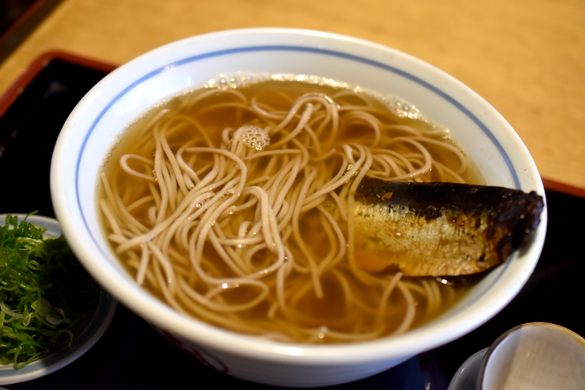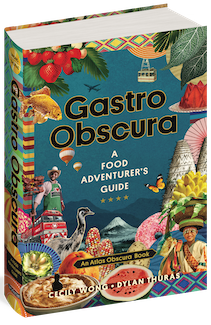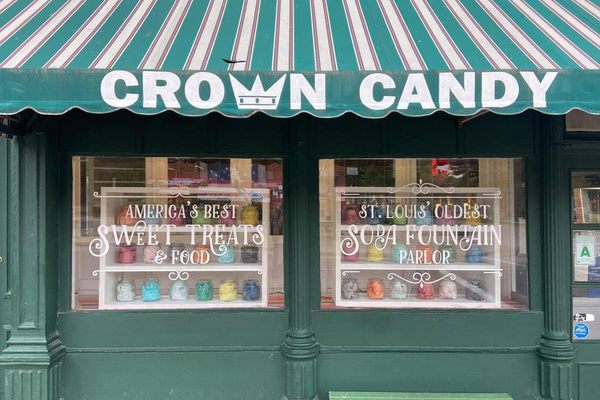Honke Owariya
One of Kyoto's oldest food establishments has supplied soba noodles to temple priests and the Imperial Palace.
Honke Owariya was founded in Kyoto in 1465, originally as a confectionery shop selling soba (buckwheat) rice cakes. The rice cakes, which soon became popular throughout the city, consisted of a sweet red bean paste wrapped inside a dough made of buckwheat flour, eggs, and sugar.
Following its foundation in Kyoto, Honke Owariya also began supplying buckwheat flour and buckwheat noodles to Zen and Buddhist temples. The temple priests initially made their own noodles, but when demand became too high, they turned to confectionery shops in the city, which already had the required skills (namely, kneading, rolling, and cutting) for the job.
Honke Owariya also had the great honor of being a purveyor of soba to the Imperial Household, cementing its reputation as one of the city’s most respected soba manufacturers.
By the mid-Edo period (around 1700), Honke Owariya had become both a confectionery shop and one of the city’s main suppliers of soba. It was only after World War II, however, that it became a soba restaurant. The restaurant’s soba noodles soon became a sensation among the inhabitants of Kyoto, who flocked to Honke Owariya for the dashi and soba noodles, the kake soba (soba in a broth topped with leeks), and what is now the restaurant’s signature dish, horai-soba, with its eight toppings: shiitake mushrooms, nori (seaweed), sliced egg, sesame seeds, wasabi, leeks, shrimp tempura, and grated daikon.
Today, the restaurant remains a beloved spot. The secret, according to its owners, is in the water used to make the dashi, or soup stock. Kyoto has a large reserve of clean underground water. Honke Owariya uses its own well to tap into the pristine water, which it then uses to make its dashi. The same water is used for all other cooking purposes, including kneading and boiling soba.
Such is the importance of this water that Honke Owariya believes it could not have achieved the same quality of product in any major city other than Kyoto. And when, in more recent years, it opened two more Owariya branches, the main condition was that they must both use the same water as the original shop to make their dashi.
While the two other branches—the Shijo branch and Takashimaya branch—are well worth visiting, it’s Honke Owariya (honke means “original” or “birthplace”) that has all the history.
Ever since the soba restaurant was opened, it has been located in a wooden building built in the early Meiji period. Guests pass under a magnolia tree as they enter the historic building, and walk by a Buddhist sutra as they move inside. To this day, soba culture is very much connected with the Zen and Buddhist temples in Kyoto, and a Zen monk visits Honke Owariya each month to chant a sutra, after which he sits down with the soba dish of his choosing.
Know Before You Go
Honke Owariya is a 10-minute walk south of the Imperial Palace. The original confectionery store is located on Karasuma Street, the next street over from the Honke Owariya soba restaurant. The first floor of the restaurant houses the main table-seating area and a tea room, while the second floor has tatami (floor mat) dining areas with low tables, and pretty little alcoves where you can enjoy a more private meal.



























Follow us on Twitter to get the latest on the world's hidden wonders.
Like us on Facebook to get the latest on the world's hidden wonders.
Follow us on Twitter Like us on Facebook